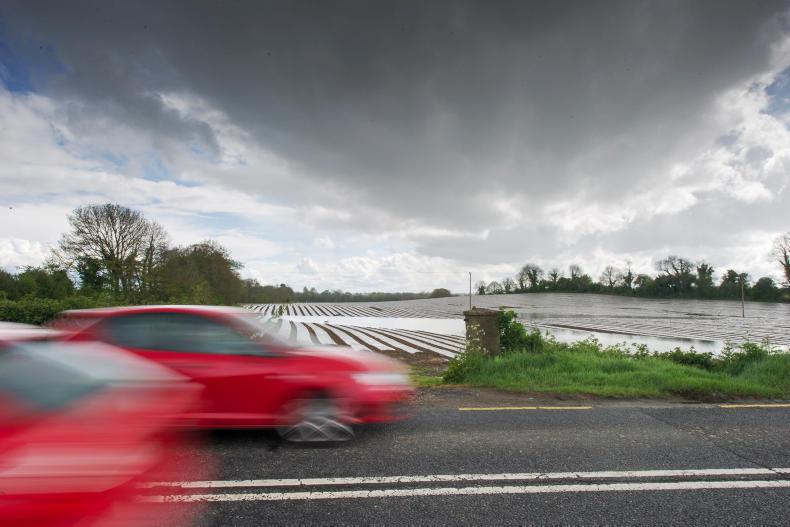In recent years, Exchequer capital spending on transport (road, rail, rolling stock, sea and airports unable to fund themselves) has been running at about €1bn per annum. This is a sharp drop from the bubble period and the Government is hoping to raise the amount to about €2bn per annum over the next five years.
Numerous major projects around the country were deferred after the crash but traffic volumes are growing again and some large projects are coming back on the agenda. The trouble is that not all of them will be affordable unless economic growth continues to replenish the Government’s coffers, which can never be taken for granted.
A slowdown would scupper plans to expand the Exchequer capital budget, which will also have to find the money for water infrastructure, given the decision to forget about residential water charges for now.
Some important transport projects fell victim to the cutbacks from 2009 onwards, notably the M20 Cork to Limerick motorway, for which planning consents will have to be acquired all over again. But the really big projects are underground rail and metro lines in Dublin. The Luas cross-city tram line is nearing completion and will be commissioned late next year at a cost of about €370m. There will then be a total of 42.5km of tram lines in Dublin and they will have cost an average of €38m per kilometre. Take a deep breath. The Metro North tram line from the city centre to the airport and on to Swords will cost €2.4bn at an average cost of around €145m for each of its 16.5km.
The heavy rail DART underground, from Connolly west through the city centre to Heuston and just 7.6km long, will cost an estimated €4bn – over €500m per kilometre. Tunnels under medieval city centres are not cheap, and construction can throw up nasty surprises, so these large-cost figures are not even firm.
The only long tunnel constructed in Ireland, the Dublin Port Tunnel, a two-by-two roadway, cost €752m, a big over-run even though it was relatively straightforward compared with the two current proposals and did not require tunnelling under the Liffey. These two Dublin fixed-line tunnel schemes will be the largest civil engineering projects ever undertaken in Ireland.
Metro North on its own will cost more than all the Luas lines constructed to date. It will be only a little longer than the original Luas Red Line to Tallaght, will have roughly the same number of stops but will cost about six times more.
The €6.4bn estimated cost of these two projects will take a very large chunk of whatever Exchequer money might be available and there is every chance that just one of them will go ahead, or possibly neither. Transport experts are divided on whether the two schemes are value-for-money solutions for Dublin traffic and there are advocates of bus-based alternatives which, it is argued, are more cost-effective.
There are other important projects to be considered outside the Dublin region and one within. This is an outer relief route for the M50, called the Outer Orbital and tentatively numbered as the M45. This two-by-two motorway would run from the M1 south of Drogheda through Meath to join the M7 near Naas, connecting all the intermediate radial routes into the capital. The cost, for 74km, would be about €2bn. It would keep non-Dublin traffic travelling, for example, from Portlaoise to Drogheda or Kilkenny to Dundalk, away from the M50 altogether.
Congestion
The M50 is approaching capacity at peak times, even with the widening to three lanes in each direction. It is apparently not possible to expand to four lanes at a reasonable cost. The M50 has become, in effect, the main street of Dublin city and no longer operates as a western bypass, if it ever did. With hindsight, it was built too close to the city, which has been permitted to sprawl westwards. Unless the M45 is built, the congestion on the M50 could get really serious – there are already tail-backs whenever there is even a minor accident, not surprising with volumes at 140,000 vehicles per day.
If the three schemes, the DART Underground, Metro North and the Outer Orbital, at an aggregate cost of €8.4bn, all go ahead, there could be very little in the kitty for the rest of the transport network. There are many other smaller projects in the Dublin area, including further DART, Luas and bus upgrades that will have to be accommodated.
Outside Dublin, the motorway network was not completed when the bubble burst and there are some very poor primary and secondary roads around the country. Choices will have to be made.






 This is a subscriber-only article
This is a subscriber-only article





SHARING OPTIONS: